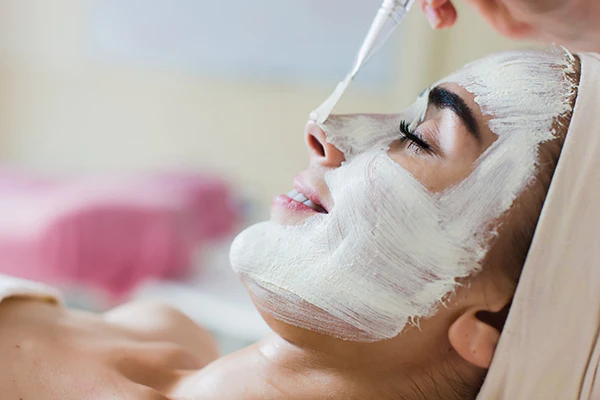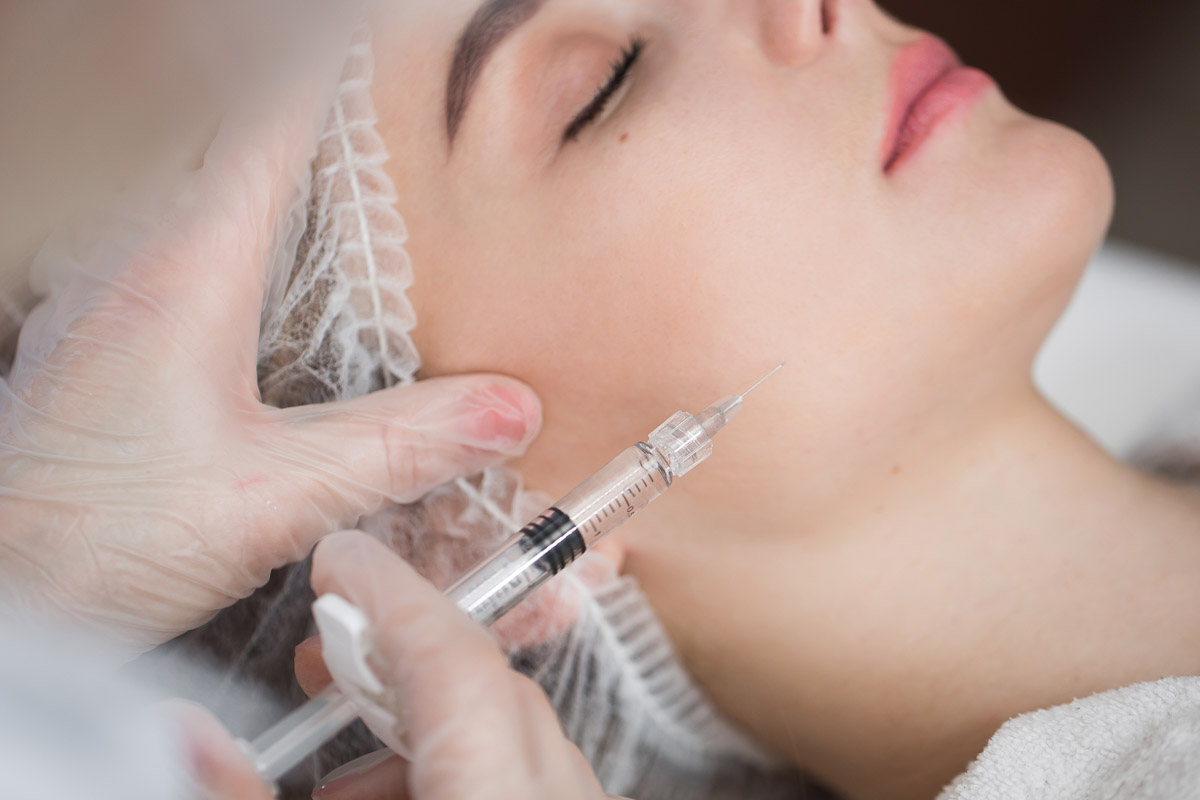In aesthetic skin care, chemical peels have surged in popularity as a compelling solution to an array of skin issues—ranging from the stubborn scars left by acne to the fine lines that signal aging and the uneven pigmentation that mars the skin’s natural beauty. Through a meticulously controlled process, these treatments shed the outermost layers of the skin, allowing for a fresher, smoother surface. Among the various treatments available, specialized options like VI Peel Precision Plus stand out for their ability to specifically target and mitigate complex skin concerns, garnering a favored position among skincare enthusiasts. This comprehensive guide sheds light on the essential steps and measures one should undertake when considering a chemical peel. By providing a thorough overview of the preparation required, what one can anticipate during the session, the imperative post-treatment care, and the significance of selecting a reputable provider, this article endeavors to confidently equip readers with the knowledge needed to help in their chemical peel journey.
Understanding Chemical Peels
They are a form of chemical exfoliation far surpassing the efficacy of traditional physical exfoliants. By applying a chemical liquid to the skin, these treatments facilitate the removal of dead skin cells and induce the regeneration of new skin. The depth of the peel—superficial, medium, or deep—is a crucial consideration, each tailored to address different concerns. Superficial peels are the mildest form, ideal for those seeking a brighter complexion with minimal downtime. Medium peels, as the name suggests, reach the middle layers of the skin, effectively treating moderate signs of aging and pigment issues. Deep peels offer the most intense rejuvenation, penetrating the lower dermal layer to correct deep-set wrinkles and significant sun damage. Understanding the nuances of each peel type, including the specific formulations and their respective recovery times, is vital for anyone considering this treatment. This understanding ensures that individuals can decide the most appropriate peel for their unique needs, setting the stage for optimal outcomes.
Preparation for Your Chemical Peel
Embarking on the journey of a chemical peel requires careful preparation to ensure the skin is primed for the treatment, enhancing the efficacy and minimizing potential risks. In the weeks leading up to the procedure, it is advisable to have a detailed discussion with a skincare professional about one’s history and current routine. This conversation should extend to temporarily discontinuing products that could sensitize the skin, such as retinol, AHA, and BHA. Emphasizing the importance of skin hydration and protection from the sun, individuals should adopt a regimen that includes daily sunscreen application and increased water intake. A diet rich in antioxidants and vitamins must also be considered, as it supports the body’s natural repair processes.
What to Expect During the Session
The skin is first cleansed thoroughly during a chemical peel session to remove any oils and makeup. The chemical liquid is then applied, where it remains for a certain amount of time, depending on the type and concentration of the peel. It’s common to experience a tingling or burning sensation during application, usually managed with fans or cool compresses. After the specified time, the chemical solution is neutralized and washed off, or it may peel off in the case of certain types of peels. The process typically takes about 30 to 90 minutes, depending on the depth of the peel.
Post-Peel Care and Recovery
Post-peel care is crucial for a successful recovery and optimal results. The skin may appear red, and peeling usually begins within a few days after the treatment. It’s essential to follow the professional’s instructions, which may include using specific moisturizers and sunscreens, avoiding picking at peeling skin, and staying out of the sun. Hydration is vital, internally by drinking plenty of water and externally through gentle moisturizers. The full effects of the peel, including smoother and more radiant skin, become more apparent as it heals, which can take anywhere from a few days to several weeks.
Choosing a Reputable Medical Aesthetic Spa
The importance of selecting a reputable medical aesthetic spa cannot be overstated. A qualified and experienced practitioner will ensure that the correct type of peel is chosen for the individual’s skin type and concerns, minimizing the risk of complications. They will provide thorough pre- and post-care instructions and be available to address any problems during the recovery period. Look for well-reviewed facilities, employ certified professionals, and offer a consultation before scheduling any treatment. This due diligence will create a safer and more satisfying chemical peel experience.
Conclusion
Chemical peels offer a dynamic solution to various skin concerns, promising rejuvenated and radiant skin. Proper preparation, understanding the procedure, diligent post-care, and opting for treatments like VI Peel Precision Plus at a reputable medical aesthetic spa are essential to ensure the best outcomes. By adhering to these guidelines, people can confidently navigate their chemical peel journey, anticipating the transformative results.
Keep an eye for more latest news & updates on Discover Tribune!








